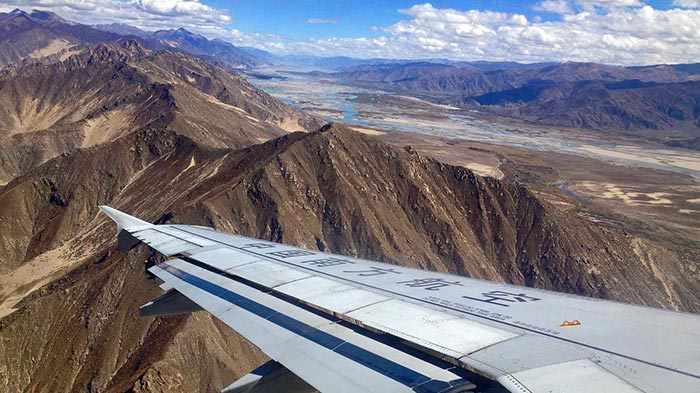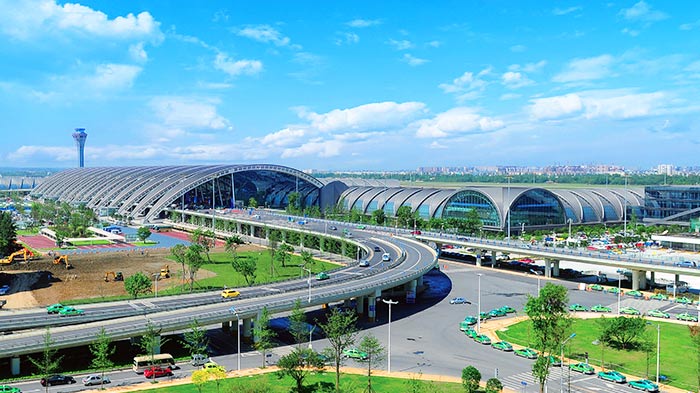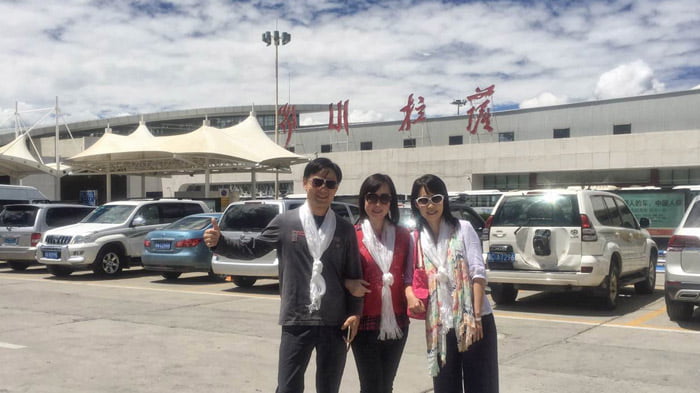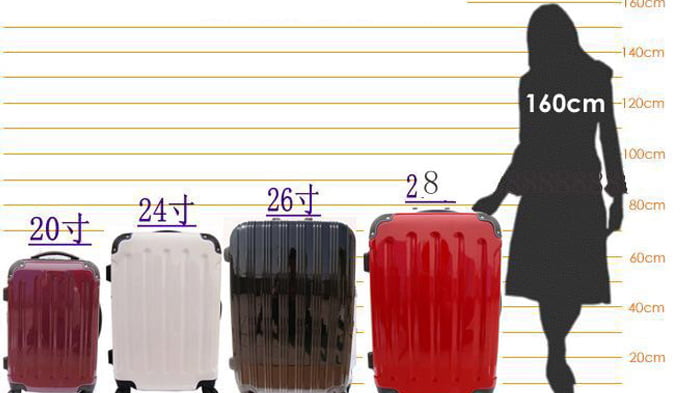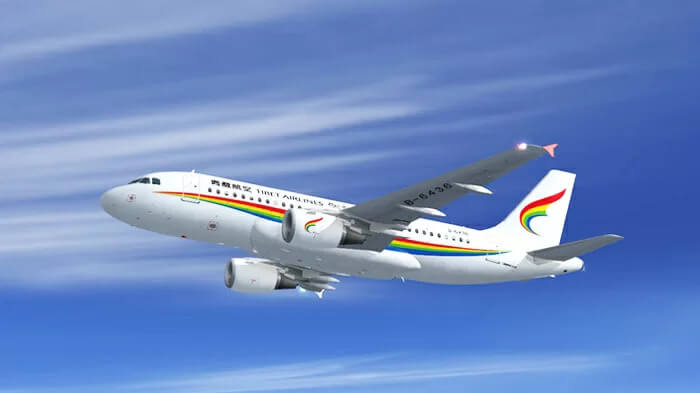For the majority of foreign travelers, taking flights to Tibet may be an experience of a lifetime. If you are planning on your first visit to Tibet, you will be probably confused about the boarding procedures. As one of the leading Tibet tourism specialists, we have summarized a detailed guide on how to board the flights to Tibet as follows, thus you can enjoy your flight journey and Tibet tour much more smoothly.
Documents Needed to Travel to Tibet by Plane
When flying to Tibet, you will need your passport, Chinese Visa and Tibet Travel Permit. None of these can be excluded, or you will not be allowed to board the flight. The passport and Chinese Visa are the primary documents required for traveling to China from abroad, and the prerequisite to get the Tibet Travel Permit. And the Tibet Travel Permit, or Tibet Visa, is the required document for all foreign tourists to enter Lhasa and travel around Tibet.
It’s important to note that you should submit the original copy of your Tibet Travel Permit for the check, before taking your flight. Normally, we will send your Tibet Travel Permit to your hotel in the city where you are scheduled to board the flight. In some cases, like an emergency or transfer, we will deliver it right to your hand at the airport before departure.
In addition, if you plan to enter Tibet from Nepal, or take the flight to Lhasa from Kathmandu, the Group Tourist Visa is also needed besides Tibet Travel Permit. If you are going to fly to some military sensitive areas in Tibet, like Chamdo or Ngari, you will also need the Military Area Entry Permit.
The Ultimate Guide on Boarding the Flights to Tibet
1. Reach the airport in advance
It is recommended to get to the airport two hours early if it is your first time to board the flight at this airport. The check-in counter is usually closed 30 minutes before the flight departure. And you need to set aside enough time to go through all the procedures, especially when it is during the high travel season.

Also, before leaving for the airport, you are strongly suggested to confirm the correct airport and the location of the terminal. There might be more than one airport in some big cities of China. Taking Shanghai, for example, there are flights flying to Lhasa from both Shanghai Pudong International Airport and Hongqiao International Airport, thus you need to confirm the correct airport before taking your flight. Since big airports are always provided with several terminals, at a great distance from each other, you’d better confirm the right location, so that you will not waste time rushing here and there.
2. Get your boarding pass (Check-in)
Upon you arrival at the airport, find the check-in counter for your airline. There is always a display screen in each airport, showing the corresponding check-in counter information to each airline. You need to submit your passport and flight ticket to the clerk, and they will give you a boarding pass that shows the flight number, boarding time, boarding gate, destination, and seat number.
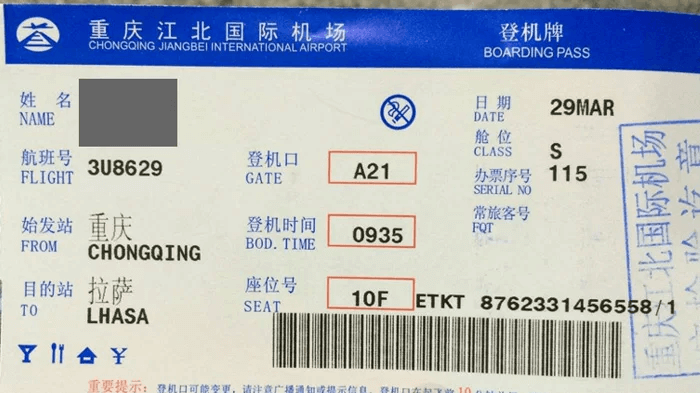
3. Check your luggage
If you bring heavy luggage, you need to check it at the counter as the same time you check-in. Usually, the economy class is provided with a 20kg luggage allowance in China. You can also bring a carry-on within the weight of 5kg. If it is overweight, you will have to pay the excess baggage charges. When check-in, the clerk will give you a note which is used to claim your luggage after disembarking. It should be noticed that prohibited items like knives are forbidden to carry in your luggage.
4. Pass through security check
Firstly, you need to give your boarding pass and passport to the screener, who will stamp your boarding pass once it is approved. Then, before you pass through the security door, you should take off all your belongings, including the phone, keys, backpack, notebook etc, and put them in the basket on the conveyer belt for the check by the X-ray screening machine.
5. Waiting for your plane
After security check, find the corresponding departure lounge of the boarding gate shown on your boarding pass, and wait for your flight. The position of the departure lounge is also indicated on the display screen. Usually, the boarding will start about 30 minutes before the flight is scheduled to leave. Pay attention to the announcement for boarding.
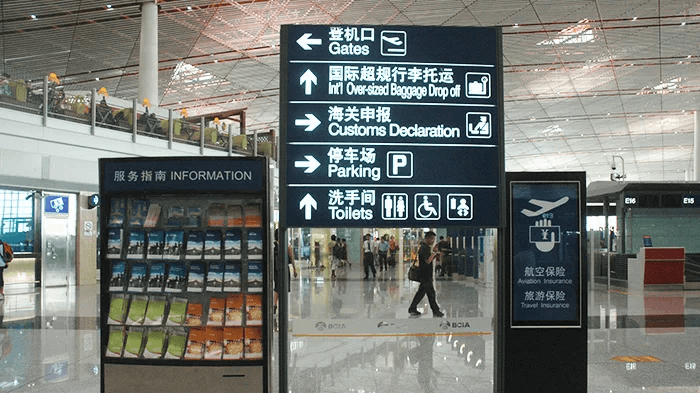
6. Boarding the flight
When boarding, you should show your boarding pass to the attendant at the boarding gate, who will tear a part of your boarding pass and then return it to you. After boarding, find your seat according to your boarding pass. When you are finally able to get in your seat, place your hang luggage under the seat in front of you. Fasten your seatbelt and switch off your phone before the flight takes off. During the flight, you may be offered with free drinks or food at the mealtime. If there is any question, you can just turn to the flight attendant.
7. Disembark the flight
After several hours’ flying, your flight will arrive at Lhasa Gonggar Airport. Relax your mind and get ready for disembarking following the indication of the broadcast. After disembarking the flight, remember to claim your luggage. Find the corresponding luggage conveyer belt, and get your luggage. There are shuttle buses from the airport to the downtown area of Lhasa city. Also, you can take a taxi directly to your reserved hotel.
Due to its high elevation, you may suffer from mild altitude sickness, like headache , after entering to Lhasa. It is suggested to take some medicine, like Rhodiola rosea, several days before taking your flight. Do not exert yourself and never rush to visit attractions in downtown Lhasa shortly after your arrival in Tibet. So you will be less likely to suffer from acute altitude sickness.

